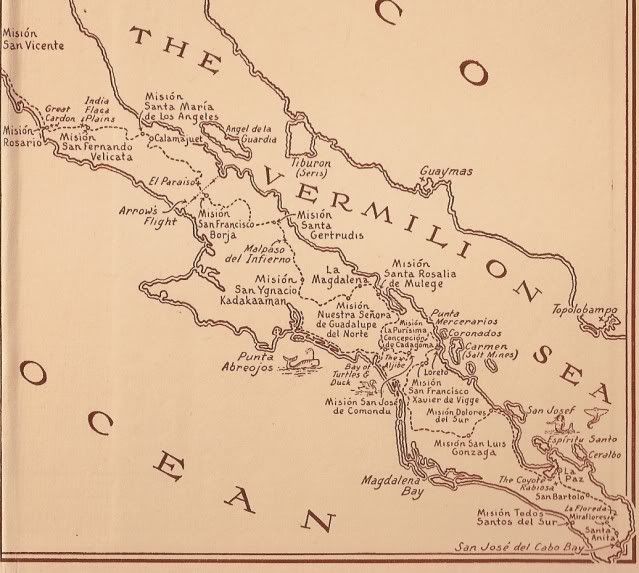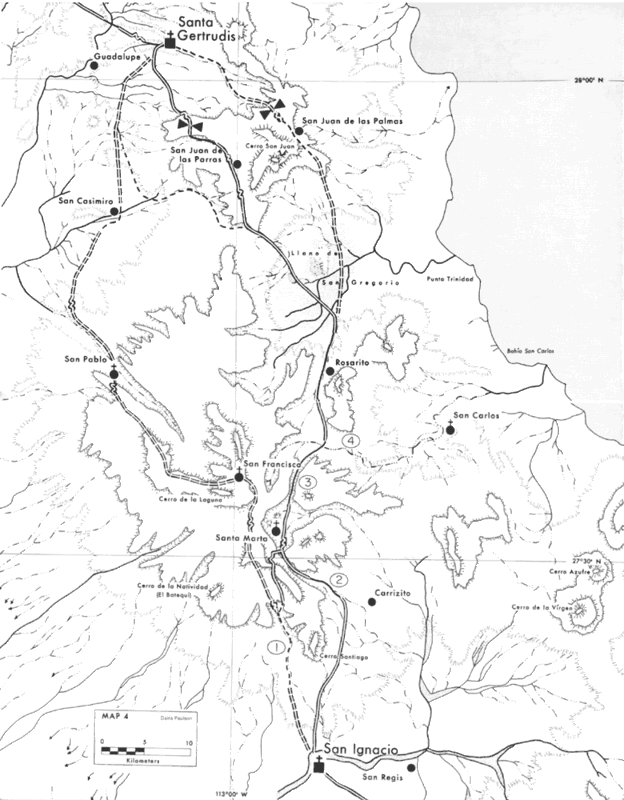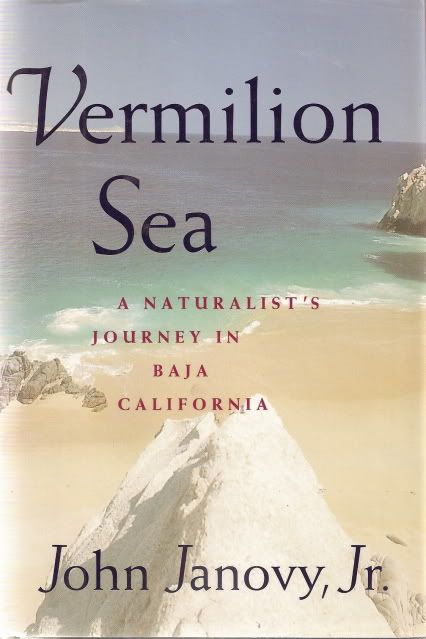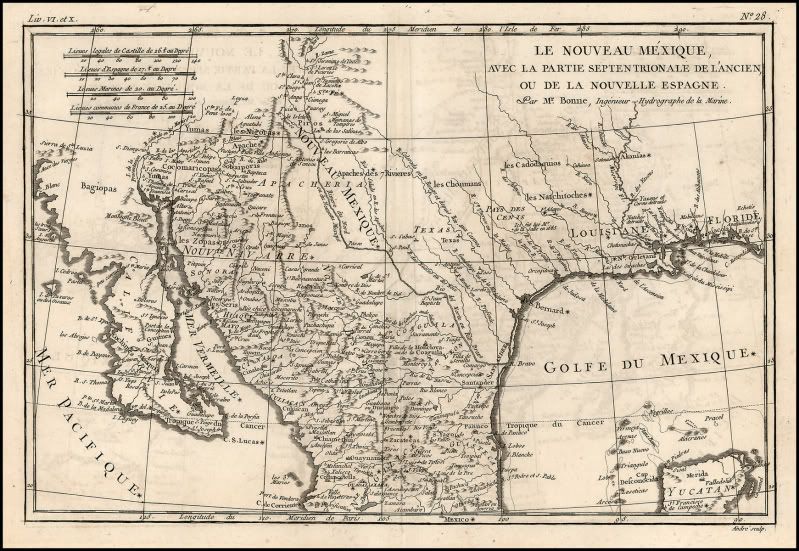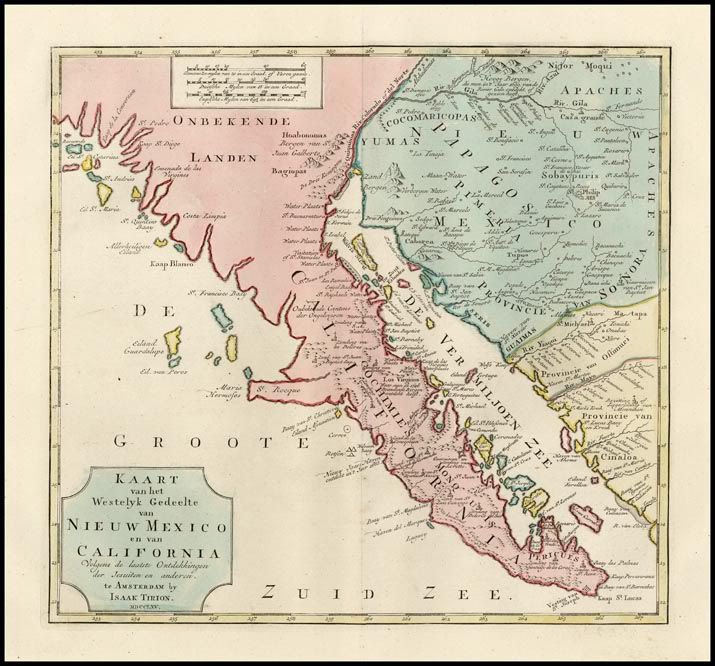Originally posted by DavidE
The poor gulf has had romanticized tags laid on it for many years.
Gulf - A large area of a sea or ocean partially enclosed by land, especially a long landlocked portion of sea opening through a strait. (Gulf of
Mexico, Gulf of
California).
Ray Cannon may have been one of the early visitors who popularized the term "Sea of Cortez"
History Excerpt
____________________________________________________________
"n April of 1535 Cortés, probably on the basis of the reports from the, ill-fated Ximénez expedition, sailed directly to the southeastern tip of the
Baja Peninsula. (See Fig. 1) At Puerto de la Paz* (Santa Cruz, as he called it), he attempted to establish a colony. From here he sent out a number of
land expeditions, one of which quite possibly reached the west side of the peninsula, around latitude 25o. The expedition had been on Baja for some
months when Francisco de Ulloa arrived at La Paz, or Santa Cruz, with letters to Cortés from Viceroy Antonio de Mendoza. When the Audiencia had
ordered against Nuño De Guzmán's new voyage it had also forbidden Cortés to make a voyage. The recalcitrant Cortés, ignoring this decision, had
proceeded to place a colony at La Paz. The letters were presumably orders directing Cortés to return and to answer charges.
At the La Paz colony everything had gone wrong. The settlement had been a failure from the beginning. The greatest problem was logistics. In an
attempt to save the situation, several trips had been made across the Gulf. These were mainly directed toward obtaining supplies and transporting
colonists to La Paz. The hazards of such a voyage were great. On the second trip one ship was wrecked and another, commanded by Hernando de Grijalva,
was unable to return to Baja. When the pilot of Cortés' vessel was killed during a storm, Cortés took the wheel himself and managed to bring the
vessel into La Paz. Upon his return he found twenty-three of the colonists dead of starvation and the survivors cursing his name. With the remaining
vessel he returned to the mainland seeking relief. By 1536 it became apparent to all that the colony was a failure, and Cortés was undoubtedly glad to
be recalled. Upon receiving the letters he gave command of the colony to Ulloa and hastened to Acapulco. It was not long before Ulloa returned with
the remnants of the colony" |
